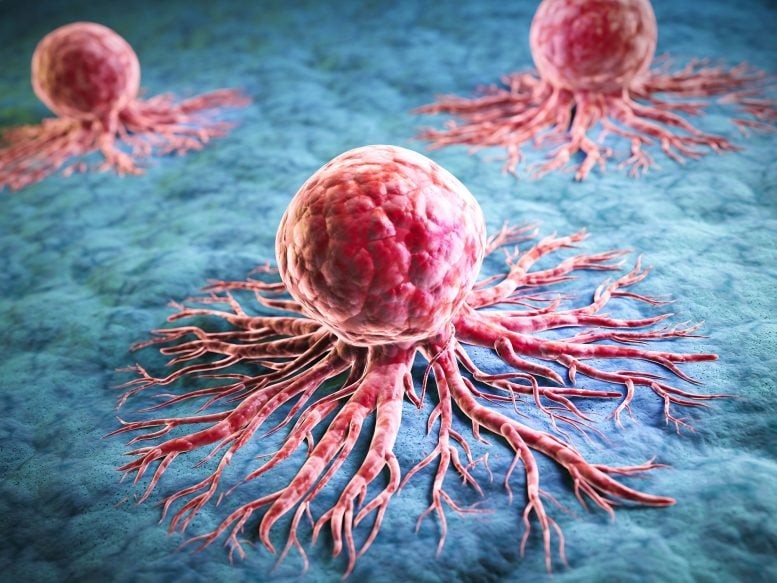Scientists Harness “Supercentenarian Longevity Gene” to Combat Accelerated Aging Disorder
A groundbreaking study has revealed that a gene linked to exceptional human longevity can reverse heart damage caused by progeria, offering a potential new avenue for treating both accelerated and age-related cardiac aging. Researchers from the University of Bristol and IRCCS MultiMedica have identified a “longevity gene” found in centenarians that protects the heart and blood vessels, suggesting it could counteract the effects of this rare but fatal condition.

Figure 1. Supercentenarian Longevity Gene.
Understanding Progeria and Its Impact
Published in Signal Transduction and Targeted Therapy, the study marks the first demonstration that a gene from exceptionally long-lived individuals can slow cardiac aging in models of Hutchinson-Gilford Progeria Syndrome (HGPS). Figure 1 shows Supercentenarian Longevity Gene.
HGPS is caused by a mutation in the LMNA gene, producing the toxic protein progerin. Progerin damages the cell nucleus—the control center of the cell—leading to accelerated aging, especially in cardiovascular tissue. Most children with progeria die in adolescence from heart complications.
Currently, the only FDA-approved treatment is lonafarnib, a drug that reduces progerin accumulation, with ongoing trials testing combinations with other therapies such as Progerinin.
Testing Longevity Genes as a Therapy
Led by Dr. Yan Qiu and Professor Paolo Madeddu at the Bristol Heart Institute, in collaboration with Professor Annibale Puca at IRCCS MultiMedica, the team investigated whether genes from supercentenarians could protect against progerin’s harmful effects.
They focused on LAV-BPIFB4, a gene known to maintain heart and blood vessel health during aging. Using mice genetically engineered to model progeria, researchers found that a single injection of the gene improved heart function, particularly diastolic function—the heart’s ability to relax and fill with blood.
The treatment also:
- Reduced fibrosis (heart tissue damage)
- Decreased the number of aged cells in the heart
- Promoted growth of new small blood vessels, supporting healthier cardiac tissue
Gene Therapy Effects in Human Cells
The team then tested LAV-BPIFB4 in human cells derived from progeria patients. Results showed the gene reduced aging signs and fibrosis without directly altering progerin levels, suggesting it helps cells cope with the toxic effects of the protein rather than removing it.
“Our research has identified a protective effect of a supercentenarian longevity gene against progeria heart dysfunction in both animal and cell models,” said Dr. Yan Qiu, Honorary Research Fellow at the Bristol Heart Institute.
He added that this approach leverages the natural biology of healthy aging rather than blocking the faulty protein, opening possibilities for treating normal age-related heart disease as well.
Toward Future Therapies
“This is the first study to show that a longevity-associated gene can counteract cardiovascular damage caused by progeria,” said Professor Annibale Puca, Research Group Leader at IRCCS MultiMedica.
The findings could pave the way for new treatment strategies, potentially involving gene therapy, protein, or RNA-based delivery methods. Ongoing studies aim to investigate LAV-BPIFB4’s effects on the cardiovascular and immune systems across various conditions, with the long-term goal of developing a biologic drug for accelerated or age-related cardiac deterioration.
“Our research brings hope in the fight against progeria and suggests that supercentenarian genetics may guide new treatments for premature or accelerated heart aging, helping us all live longer, healthier lives,” Dr. Qiu concluded.
References
- https://scitechdaily.com/scientists-use-supercentenarian-longevity-gene-to-slow-rapid-aging-disease/
Cite this article:
Keerthana S (2025), Scientists Harness “Supercentenarian Longevity Gene” to Combat Accelerated Aging Disorder, AnaTechMaz, pp.523















